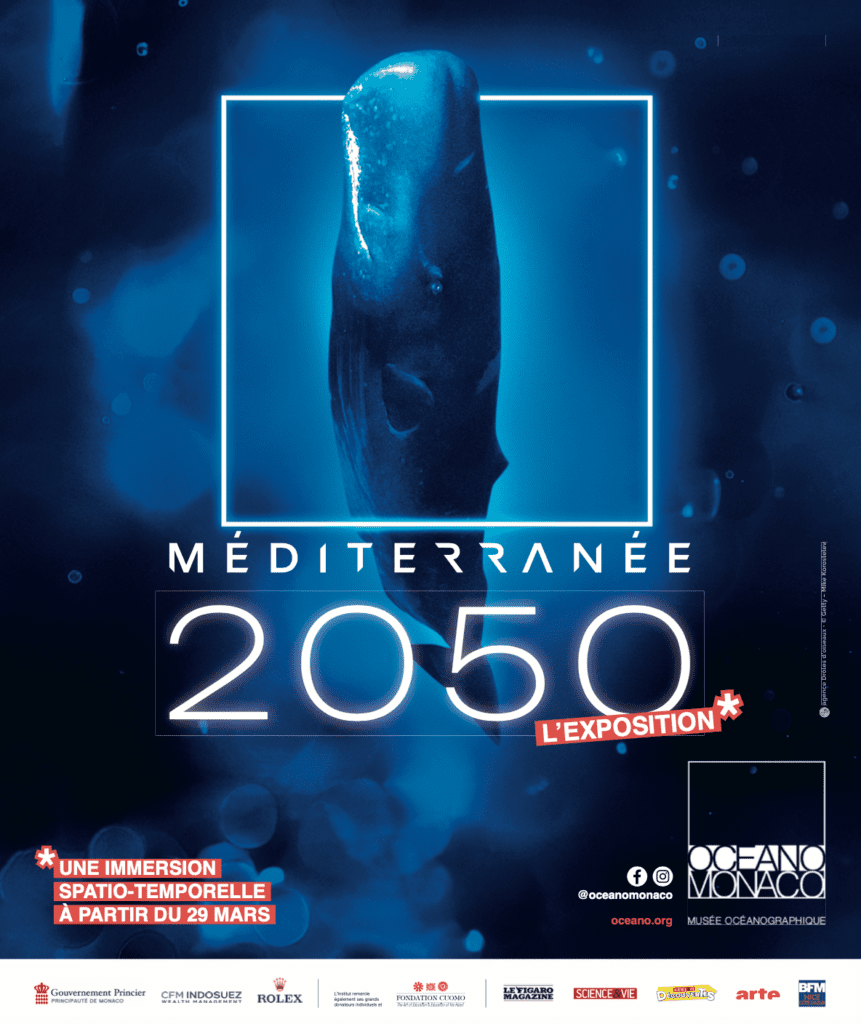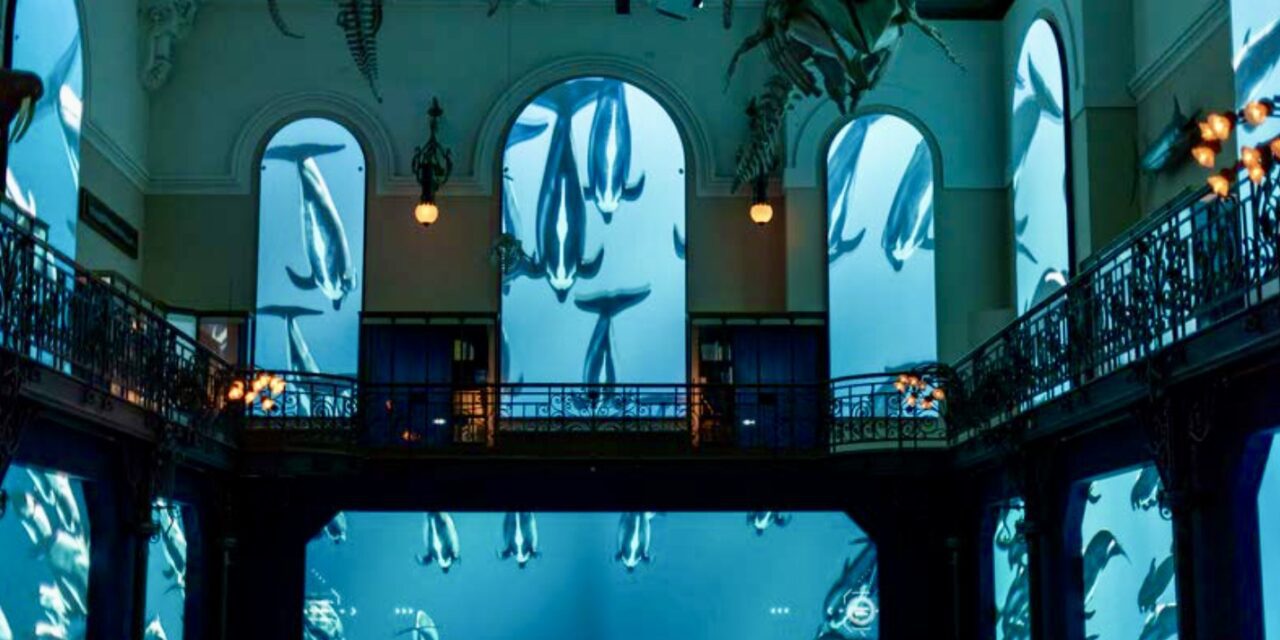The Oceanographic Institute of Monaco has unveiled its latest initiative for ocean conservation with the launch of ‘Mediterranean 2050’, a groundbreaking immersive exhibition designed to raise awareness and drive action. Spanning over 1,000 square metres in the heart of the Oceanographic Museum of Monaco, the exhibition takes visitors on a journey through time, exploring the Mediterranean from its past to a visionary future where marine life thrives—provided the right choices are made today.
This exhibition is part of the institute’s long-term commitment to preserving the Mediterranean, a uniquely rich yet fragile ecosystem. Home to over 17,000 marine species, the Mediterranean represents 7.5 percent of the world’s marine fauna and 18 percent of its marine flora, making it a biodiversity hotspot under significant threat. ‘Mediterranean 2050’ aims to highlight these pressing issues while presenting solutions for safeguarding this vital environment.
Using interactive displays and immersive projections, visitors will gain insight into Monaco’s historical dedication to the Mediterranean’s protection. They will then be transported to the year 2050, where they can witness the benefits of the ‘30×30’ initiative—an international goal to protect 30 percent of land and ocean areas by 2030. The exhibition encourages individual action and engagement with policymakers and the private sector to secure a sustainable future for the Mediterranean.
Despite being home to unique ecosystems, the Mediterranean faces challenges from pollution, climate change, and resource overexploitation. Currently, 8.33 percent of its waters are classified as protected, yet only 1.5 percent benefit from effective management plans. The Oceanographic Institute, aligned with the Kunming-Montreal Global Biodiversity Framework established at COP15 in 2022, continues to drive efforts to unite scientists, governments, businesses, and the public in tackling these issues. The goal is to merge scientific research, advocacy, and collective action to ensure a balance between environmental preservation and economic development.
The exhibition is structured around four thematic spaces, each offering a distinct immersive experience. Visitors enter through the ‘Temple of the Sea’, passing through luminous gateways symbolising transitions between time periods. Throughout their journey, they are guided by the majestic marine mammals of the Mediterranean, particularly cetaceans, which serve as ambassadors of oceanic beauty and biodiversity.
The first section, ‘Oceanomania’, introduces visitors to the Mediterranean’s history and biodiversity through an extensive marine curiosity cabinet. A striking four-metre-high sculpture of a sperm whale serves as a focal point, with motion-activated projections providing real-time insights into the sea’s evolution and conservation efforts.
Next, ‘Oceano Monaco’ highlights the principality’s deep-rooted commitment to marine conservation. From Prince Albert I, a pioneer in oceanography, to Prince Rainier III and His Serene Highness Prince Albert II, visitors explore Monaco’s legacy in safeguarding the Mediterranean. Interactive screens and a ‘serious game’ engage visitors by allowing them to simulate the management of a Marine Protected Area, demonstrating the real-world impact of conservation decisions.
The journey continues with ‘Oceano Odyssey’, an immersive experience set in 2050. Visitors board a futuristic submersible and embark on ‘Mission Pelagos’, exploring a fully protected and regenerated Mediterranean sanctuary. A 310-square-metre panoramic projection brings to life thriving ecosystems populated by emblematic species such as loggerhead turtles, fin whales, groupers, swordfish, and Risso’s dolphins. Advanced visual technology recreates an ultra-realistic underwater environment, allowing visitors to witness the positive impact of marine protection firsthand.
The final stop, ‘My OCEANO Med’, transforms inspiration into action. Visitors engage with interactive panels to learn about three key marine ecosystems—seagrass meadows, coral habitats, and open waters—and take on conservation challenges. Their choices directly influence digital simulations, illustrating the power of individual and collective action. The experience extends beyond the museum through a web application, enabling users to complete conservation challenges, create their own Marine Protected Area, and participate in monthly prize draws.
A dynamic interactive wall displays real-time statistics on visitor engagement, showcasing the collective impact of conservation efforts. Additionally, an optional virtual reality experience, ‘ImmerSEAve VR’, offers a deeper dive into a thriving Marine Protected Area. Using state-of-the-art VR headsets, visitors can freely explore digitally reconstructed marine ecosystems, gaining a sensory understanding of the benefits of ocean preservation.
By combining scientific expertise, historical perspective, and cutting-edge technology, ‘Mediterranean 2050’ offers a compelling call to action. Through education and engagement, the Oceanographic Institute of Monaco continues to champion a sustainable future for the Mediterranean, ensuring that conservation and progress go hand in hand.



